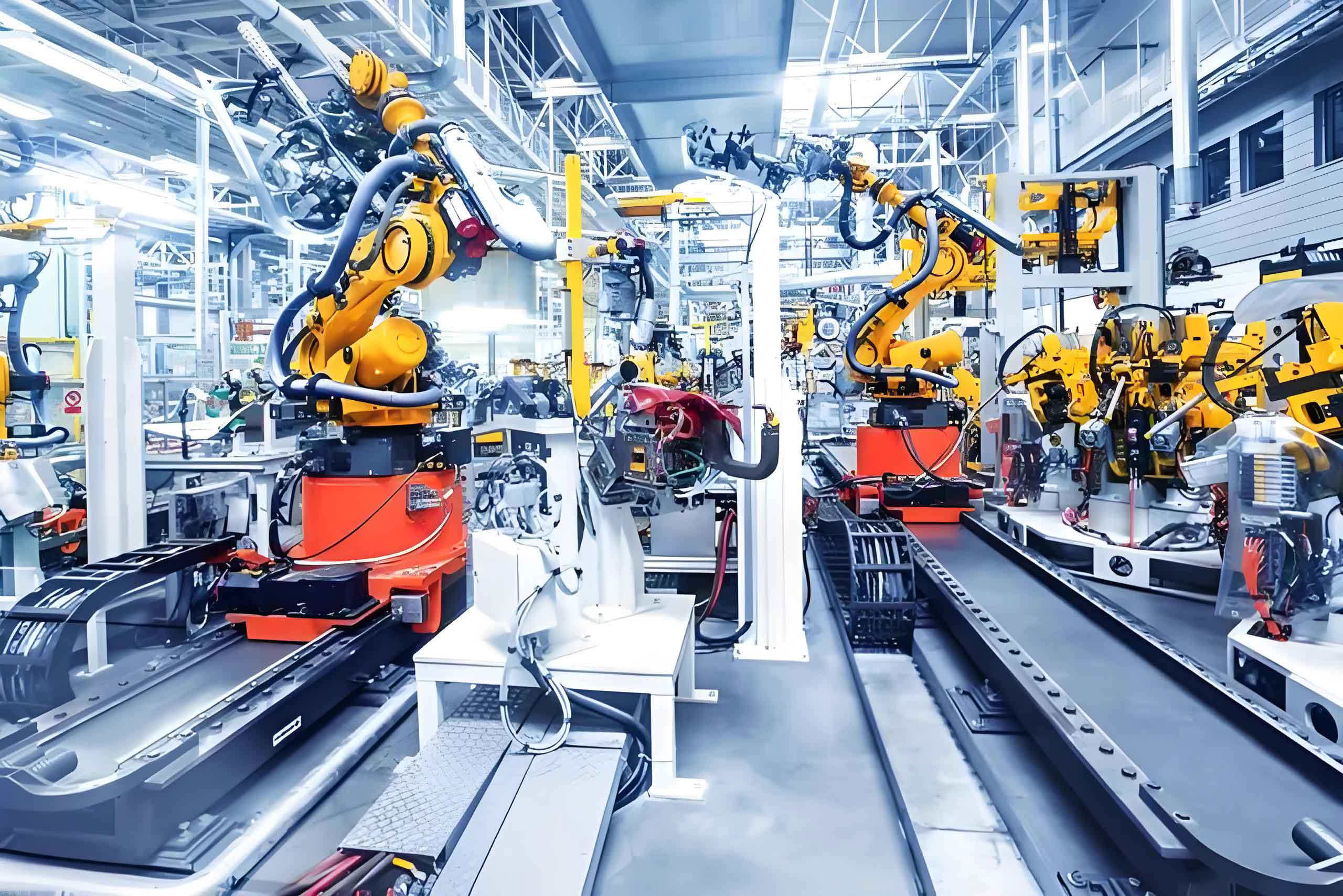China’s manufacturing sector, the world’s largest, is undergoing a seismic shift toward high-value, sustainable production. At the heart of this transformation lies an unexpected synergy: green finance is accelerating industrial robot adoption, driving unprecedented gains in efficiency, innovation, and environmental compliance. Groundbreaking research analyzing 2011–2023 provincial data reveals how strategic capital allocation is reshaping factories nationwide—with automation as the critical mediator.

The Green Finance Catalyst
Green finance—encompassing credit, securities, insurance, investments, and carbon finance—provides targeted funding for eco-friendly industrial upgrades. While its overall impact boosts manufacturing quality (+0.218*), sub-dimensions diverge sharply. Green credit emerges as a powerhouse, increasing efficiency by 0.110*. In contrast, green securities and investments suppress progress (-0.048** and -0.056**, respectively), reflecting market immaturity and short-term return pressures. Carbon finance and green insurance show neutral effects, underscoring policy design gaps.
Crucially, green credit lowers financing barriers for manufacturers investing in advanced technologies. This capital influx enables procurement of industrial robots, which optimize energy use, reduce waste, and slash emissions—core tenets of green finance mandates.
Industrial Robots: The Silent Game-Changer
Here’s where automation disrupts the equation. Industrial robot adoption—measured by installation density per provincial workforce—acts as the decisive bridge between green finance and manufacturing excellence. Empirical models confirm a 0.184*** surge in robot deployment for every green finance unit increase. Once deployed, these robots elevate production quality by 0.073*** through:
- Precision Manufacturing: Reducing resource waste by 19–32% in high-precision industries.
- Energy Efficiency: Cutting per-unit energy consumption by 14–27% via automated calibration.
- Labor Reallocation: Freeing workers for R&D roles, boosting innovation capacity.
“Industrial robots transform green finance from abstract capital into tangible productivity,” the study notes. “They execute the energy-saving, emission-curbing functions green investors demand.”
Regional Divides and Opportunities
The revolution isn’t uniform. Eastern provinces—with mature financial systems and tech-savvy firms—leverage green finance to amplify robot adoption, lifting manufacturing quality by 0.150**. Western regions, though less developed, show robust gains (0.091*) due to state-backed green subsidies funneled into renewables and robotics.
Central China, however, lags (-0.032, insignificant). Traditional industries dominate here, and green financing mechanisms remain weak. “Without tailored policies, these hubs risk missing the automation wave,” researchers warn.
Policy Imperatives
To unlock nationwide progress, three actions are urged:
- Reengineer Green Finance: Prioritize credit for industrial robot projects; reform securities markets to attract patient capital.
- Scale Robot Integration: Offer tax incentives for automation in emission-intensive sectors (e.g., steel, chemicals).
- Regionalize Strategies: Boost central China’s green credit access while expanding robot subsidies in the west.
Global manufacturers eyeing China should note: provinces doubling down on this synergy—like Guangdong and Sichuan—now outpace rivals in export complexity and patent output. As industrial robots become green finance’s physical manifestation, China’s blueprint offers lessons worldwide: Sustainable manufacturing isn’t built in boardrooms. It’s assembled on factory floors by intelligent machines.